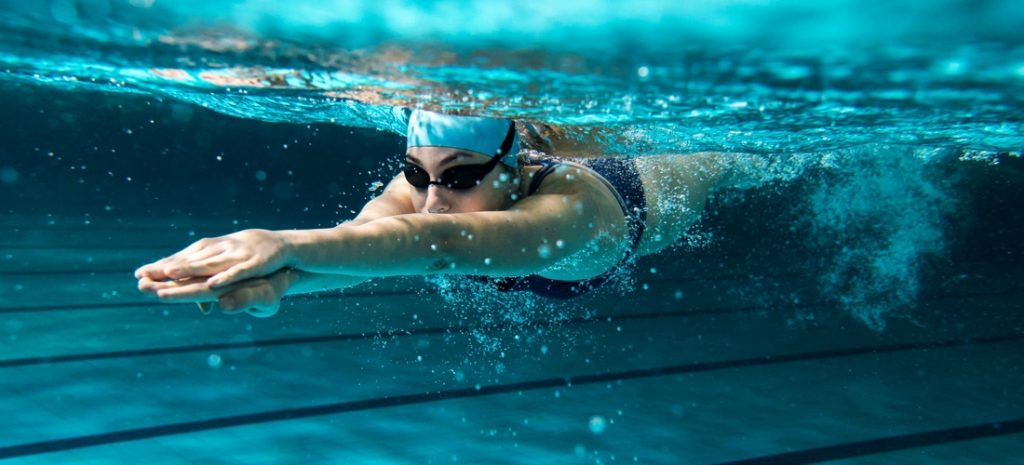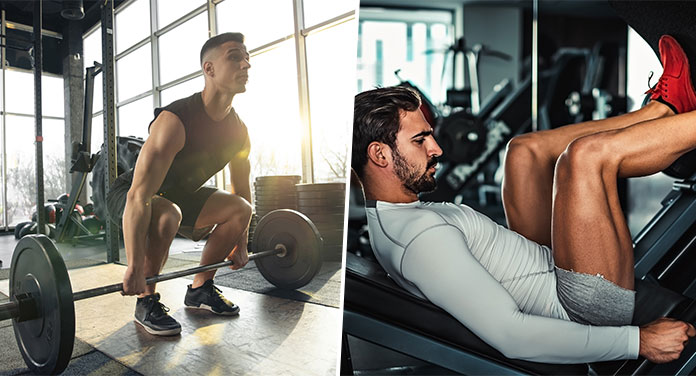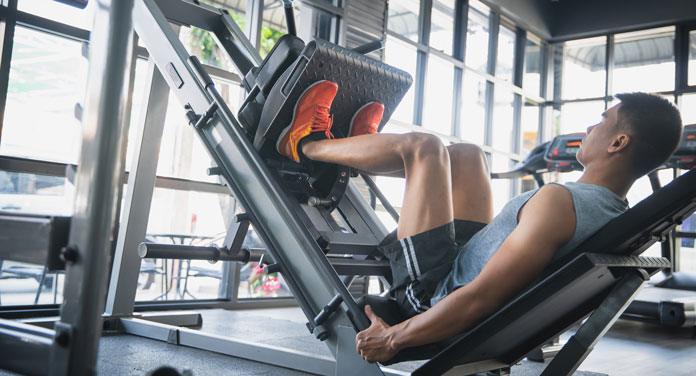Physical endurance is very important for athletes as it determines the ability to resist effort. Let’s see together how to best train to increase it and how to avoid accidents if you are a beginner.
What Is Physical Resistance?

The term resistance refers to the ability of a particular individual to tolerate physical effort for a variable time without experiencing any type of fatigue. So imagine taking a simple jog, when you start to feel pain, fatigue, and shortness of breath, it means that the body has reached maximum resistance.
Each individual can have different physical resistance and many factors come into play such as the habit of doing sports, training, and so on. It is therefore not certain that if you have a low resistance threshold you cannot improve your condition, with our article we want to shed some light on this element, helping you to understand which exercises to practice to accustom the body to manage greater oxygen demands.
One thing to keep in mind, however, is that before the age of 13, human being cannot train their endurance as the respiratory and cardiovascular systems are not yet fully developed.
General And Specific Resistance
Physical endurance can in turn be divided into two different types, we have the general one, which falls within the description made previously, or the ability to withstand the effort for as long as possible and applies to any sport. However, we also have the specific one, which refers to the sport that the athlete performs.
In the latter case, aerobic and anaerobic resistance come into play: the first takes a few minutes to activate and depends on various factors such as muscle vascularization, the efficiency of the respiratory and cardio-circulatory systems, the presence of red muscle fibers, and the last but not least, lifestyle; anaerobic resistance, i.e. in the absence of oxygen, is activated instantly and produces much more energy (ATP), however, it has a negative aspect, namely the production of lactic acid that accumulates in the muscles making their use more difficult and tiring.
How Stamina Increases

Before dedicating yourself body and soul to an endurance sport, especially if you are still a beginner, we recommend that you dedicate yourself to increasing basic resistance with specific exercises. The best way to increase it is with activities that everyone, for better or worse, knows and can easily put into practice, so let’s talk about running, swimming, and cycling (perhaps using an elliptical).
It is vitally important not to overdo it, at least in the beginning, as your body will have to slowly get used to the new activity and you will have to avoid over-stressing muscles, bones, and ligaments, risking injury. Therefore, prefer long but slow sessions, and do not worry if your initial resistance will be a few minutes, the process to improve yourself is not simple or fast and the results will come if you have patience and perseverance.
For the first few months, it is enough to train three times a week, so you will have one day of recovery between one session and another, and it is also possible to alternate activities, running one day, swimming the second, and cycling the third. Variation will allow you not to get bored, enhancing not only physical endurance but also different muscle groups, for example running will help you with the leg muscles while swimming will also activate those of the upper body.
Differences Between Endurance Sports

As we mentioned previously, endurance sports are not all the same and there are substantial differences between cycling, running, and swimming to take into consideration before dedicating yourself to one of them (or why not, all three). If we take running, for example, it will mainly tone the legs and buttocks, it has a low risk of injury if rest times are respected but it is not recommended for overweight people as it stresses the joints a lot.
Swimming, on the other hand, trains all the muscles of the body and presents no risk of injury, it is the perfect activity for those who want to lose weight but also involves greater expense and set times that leave little room for autonomous planning. Finally, cycling, like running, trains the legs and buttocks but is the most demanding sport to develop physical endurance as it requires long training sessions.
Endurance Exercises
Don’t want to run or swim? No problem, you can practice specific exercises to increase resistance even within the home walls. The effect will not be the same as that of a run or a swim but it could be a good way to start accustoming the body to physical activity. One of the best exercises is rope jumping, it increases cardiovascular endurance and puts stress on the whole body, even improving your coordination, and it can also be performed in any place, even at home.
The burpees, invented in the 1940s by the physiologist Royal Burpee, are a highly appreciated workout that involves all the muscles of the body and, if performed correctly, also allow you to increase your physical endurance. You start standing with your legs apart, do a squat and place both hands on the ground, then push your legs back and bend, then bring your legs forward and go up again, making a jump with arms up. The burpee is recommended for those in good physical shape because if done incorrectly it can cause accidents.
How To Speed Up The Metabolism

When it comes to metabolism we think that it is simply a way to lose weight, and it is, therefore, possible to find a large number of articles explaining how to increase metabolism, but have you ever stopped to think about what this term refers to?
The official definition concerns the speed with which the human body burns calories to carry out its activities, therefore, activating the metabolism means increasing energy expenditure, which can be done through physical activity. By performing sports to increase your endurance, you will also see your metabolism increase even if it will not affect the basal one, which is instead the energy used by the human body in a state of relaxation.





